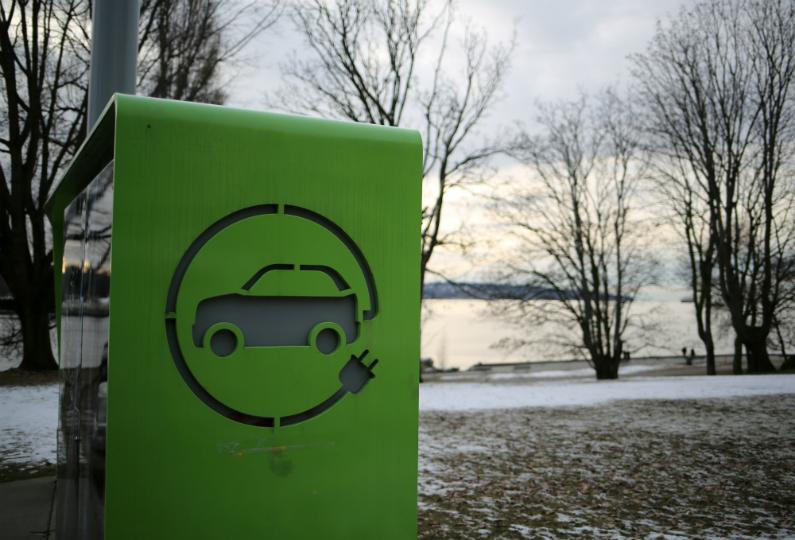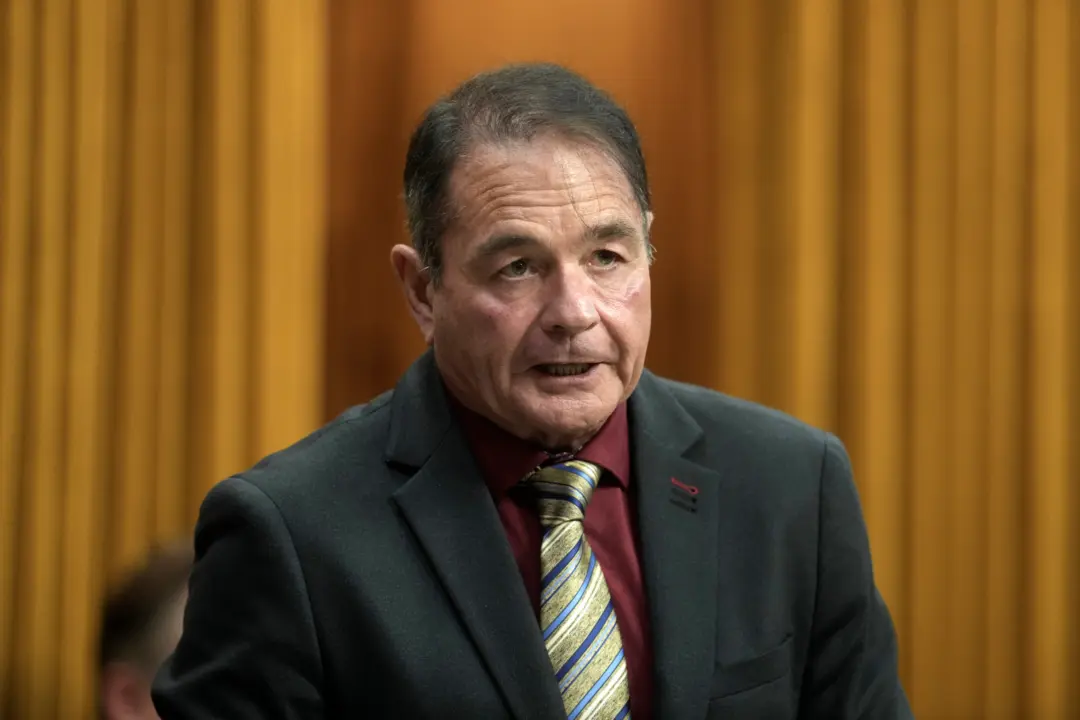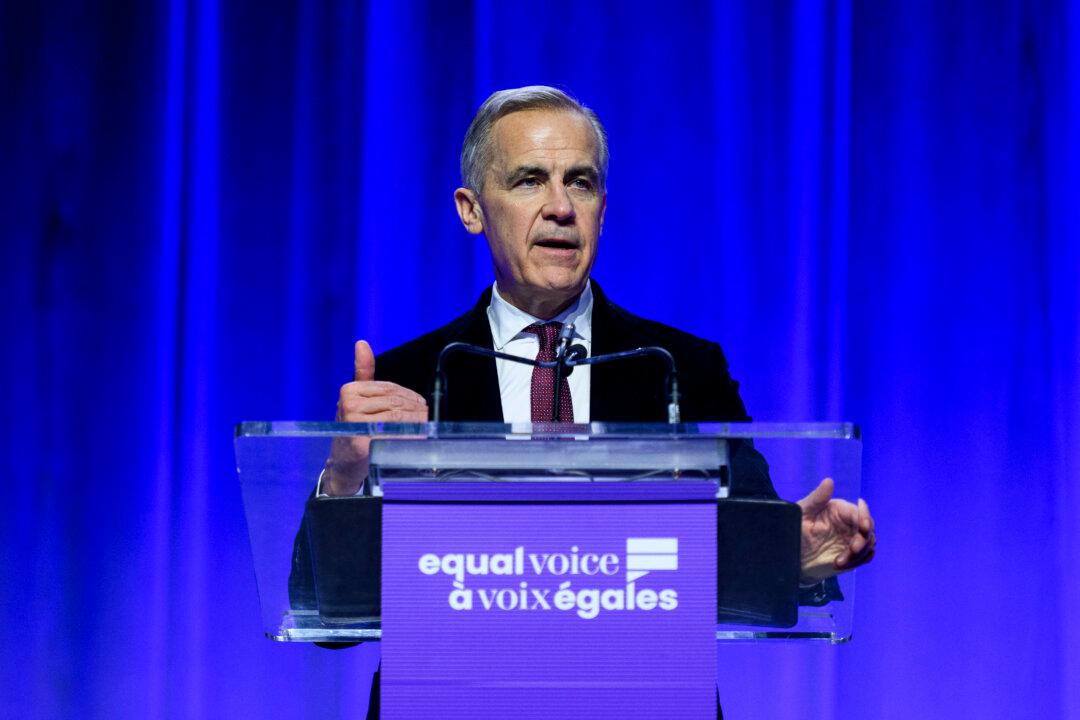The relative ownership costs of zero-emission electric vehicles (ZEV) would need to fall by one-third to meet the federal government’s 2030 EV sales target, according to a new report from the Parliamentary Budget Officer (PBO).
“Assuming that preferences, technology and policies remain unchanged from a baseline scenario without the standard, we estimate that the relative ownership cost of battery‑electric vehicles (BEVs) would need to decrease by 31 percent to meet the ZEV sales target of 60 percent in 2030,” said the report published Aug. 29.





